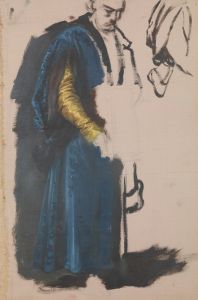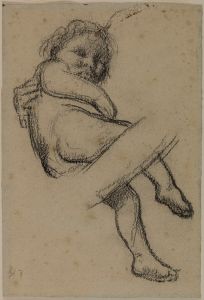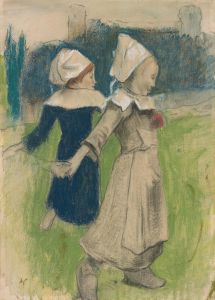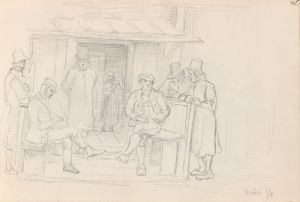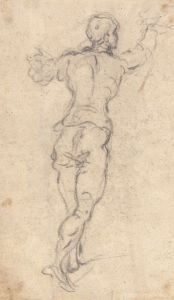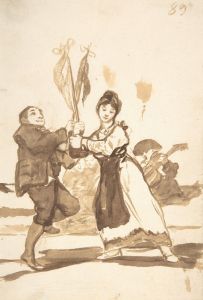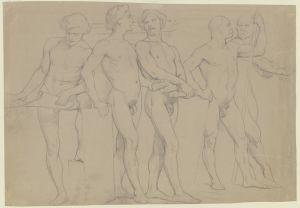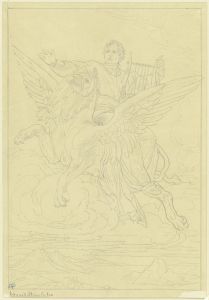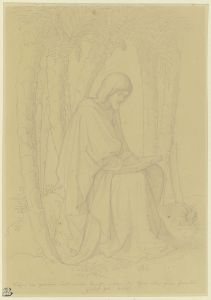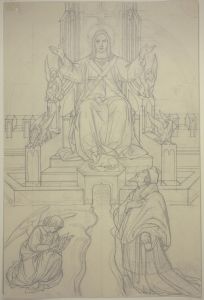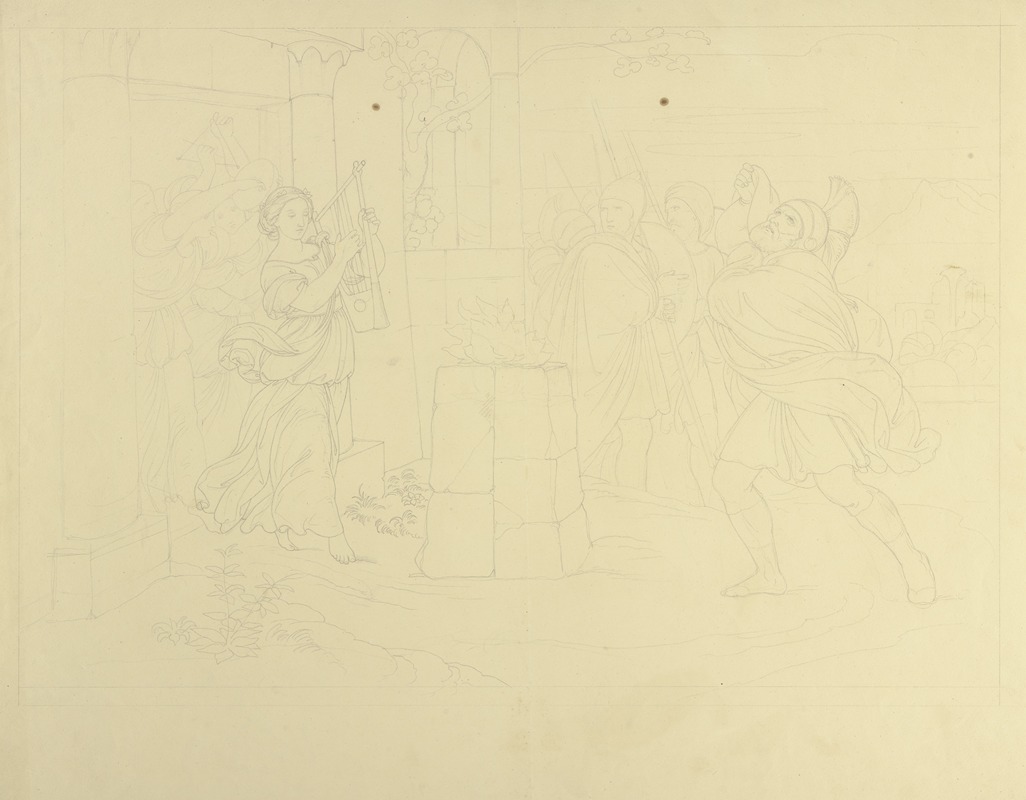
Die Tochter Jephtas geht ihrem Vater entgegen
A hand-painted replica of Eduard von Steinle’s masterpiece Die Tochter Jephtas geht ihrem Vater entgegen, meticulously crafted by professional artists to capture the true essence of the original. Each piece is created with museum-quality canvas and rare mineral pigments, carefully painted by experienced artists with delicate brushstrokes and rich, layered colors to perfectly recreate the texture of the original artwork. Unlike machine-printed reproductions, this hand-painted version brings the painting to life, infused with the artist’s emotions and skill in every stroke. Whether for personal collection or home decoration, it instantly elevates the artistic atmosphere of any space.
Eduard von Steinle's painting Die Tochter Jephtas geht ihrem Vater entgegen (translated as Jephthah's Daughter Goes to Meet Her Father) is a 19th-century artwork that depicts a biblical scene from the Book of Judges in the Old Testament. The painting illustrates the moment when Jephthah's daughter approaches her father after he has returned victorious from battle, bound by a vow he made to God. According to the biblical narrative, Jephthah had promised to sacrifice the first thing that came out of his house to greet him if he were granted victory. Tragically, his daughter was the first to appear, leading to a poignant and sorrowful story.
Eduard von Steinle (1810–1886) was a German-Austrian painter associated with the Nazarene movement, a group of artists who sought to revive the spiritual and stylistic qualities of early Renaissance art. Steinle was known for his religious and historical works, often characterized by their emotional depth and meticulous attention to detail. His art frequently drew inspiration from biblical themes, and he was highly regarded for his ability to convey narrative and emotion through his compositions.
In Die Tochter Jephtas geht ihrem Vater entgegen, Steinle captures the emotional intensity of the moment with a focus on the figures' expressions and body language. The daughter is often portrayed with a sense of calm resignation, embodying her acceptance of her fate, while Jephthah is depicted with visible anguish and inner conflict. The painting reflects the moral and emotional complexities of the story, emphasizing themes of sacrifice, duty, and faith.
The work is an example of Steinle's commitment to the Nazarene ideals, which emphasized a return to religious themes and a rejection of the more secular and materialistic trends of contemporary art. The Nazarenes were heavily influenced by medieval and early Renaissance art, and this influence is evident in Steinle's use of composition, color, and symbolism.
While specific details about the painting's current location or its exact date of creation are not widely documented, it remains an important example of Steinle's oeuvre and his contribution to 19th-century religious art. The painting continues to be appreciated for its ability to evoke the emotional and spiritual dimensions of the biblical narrative it portrays.





